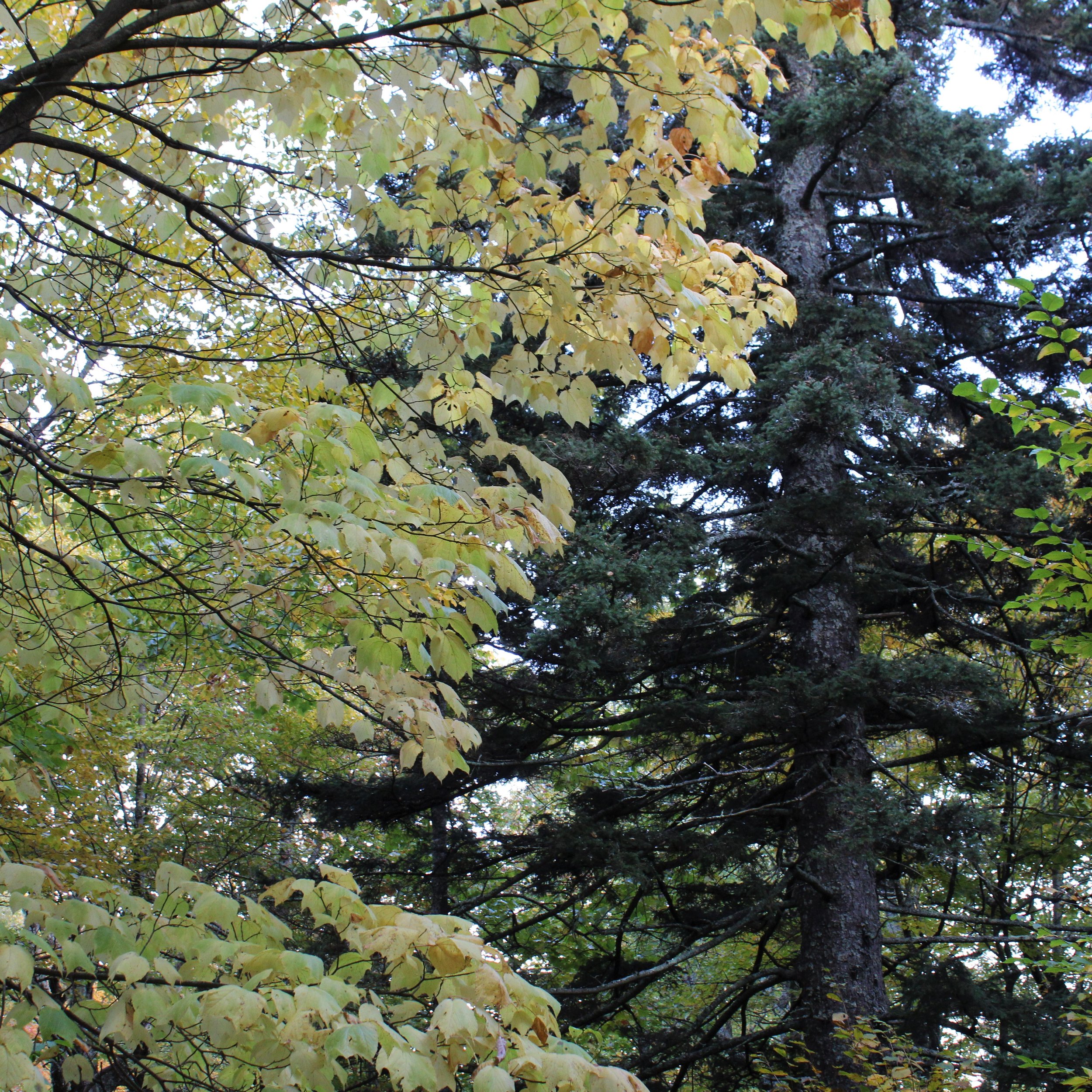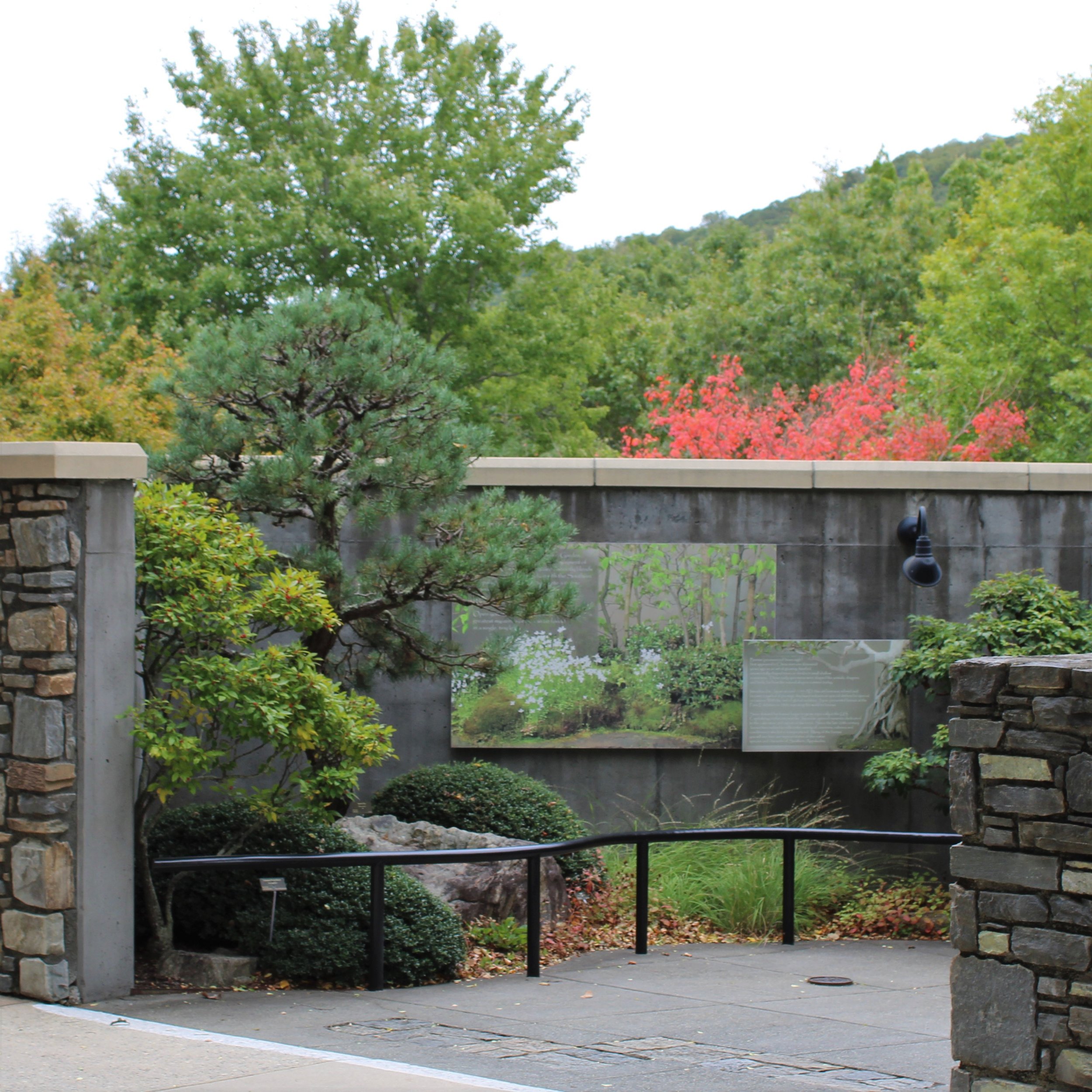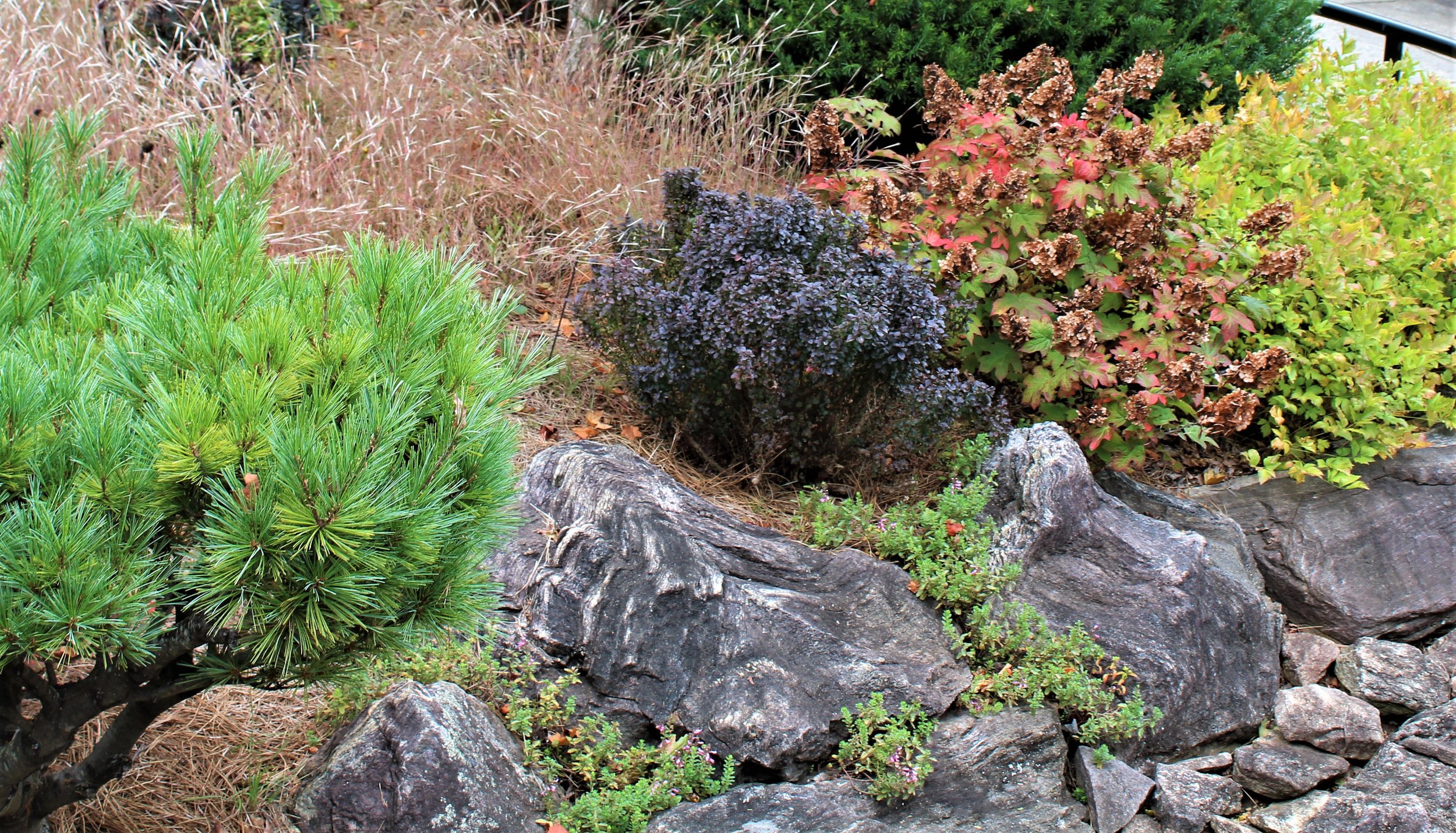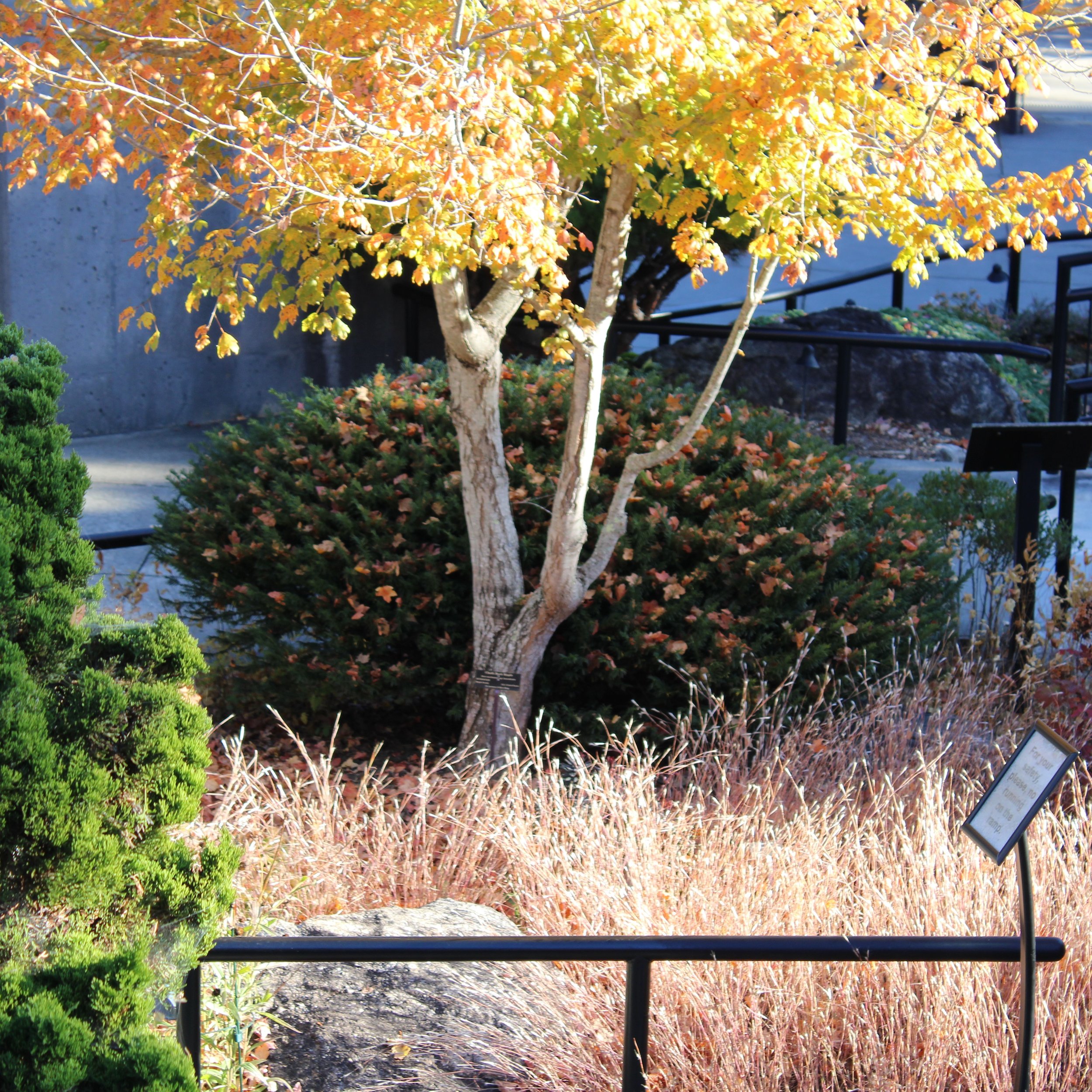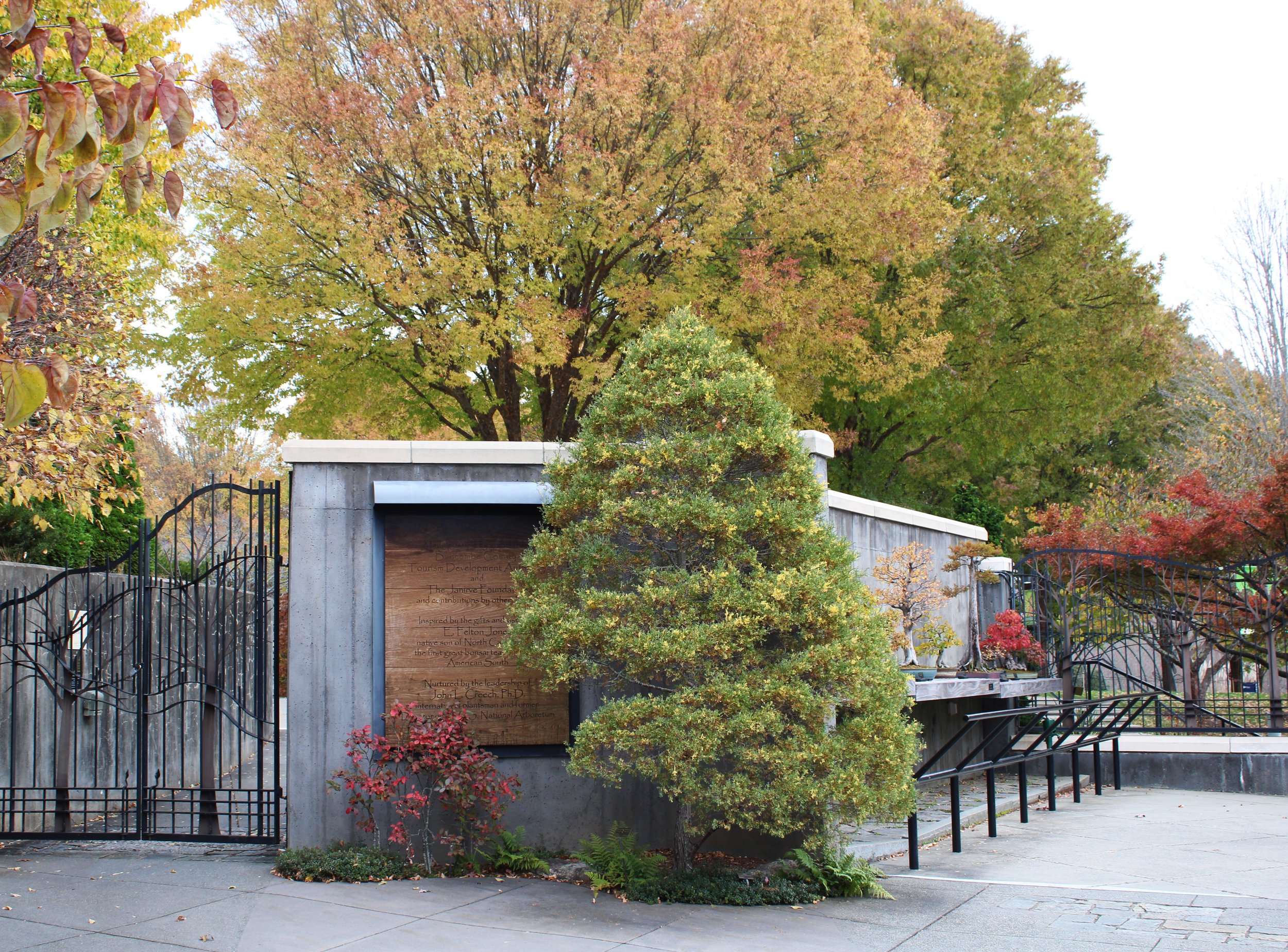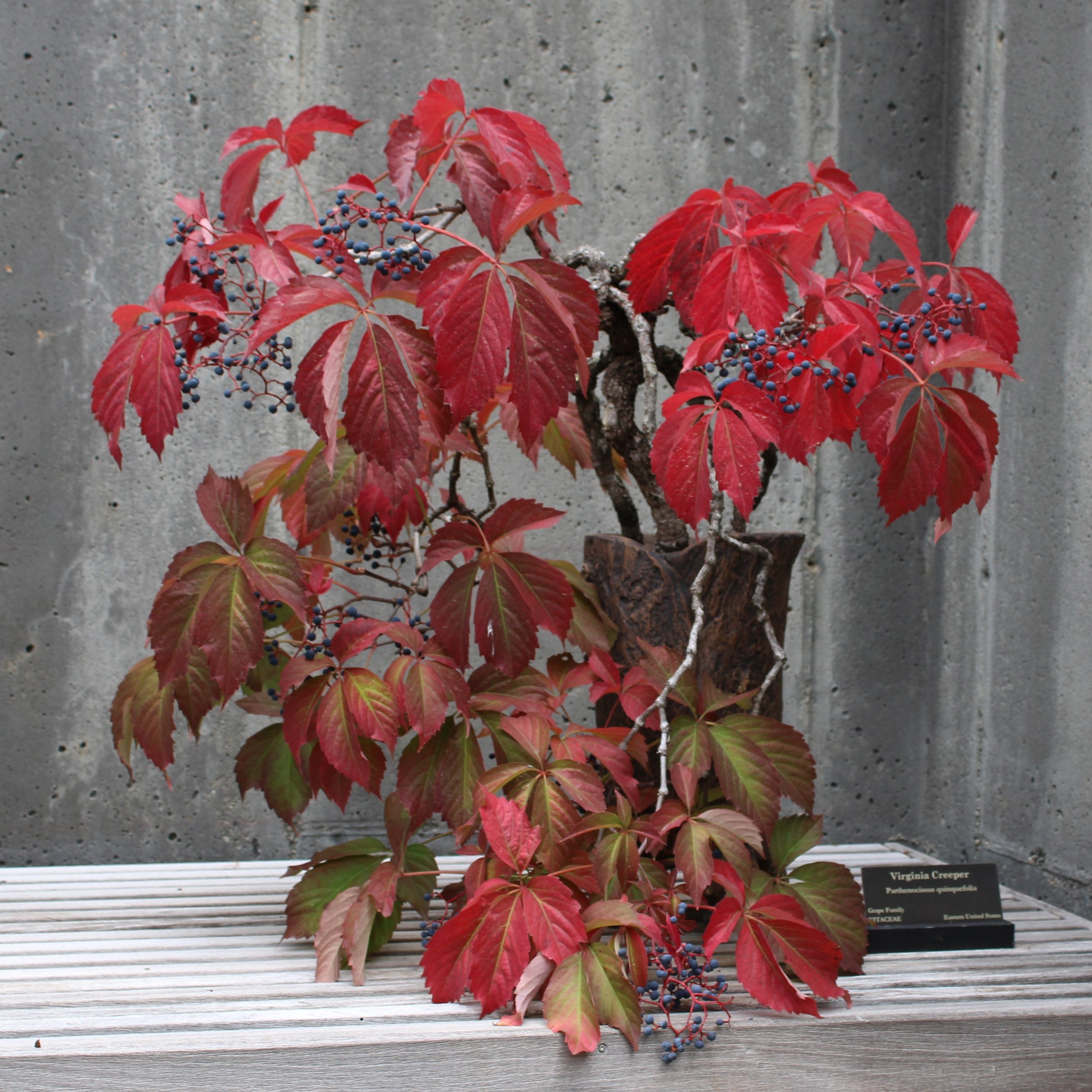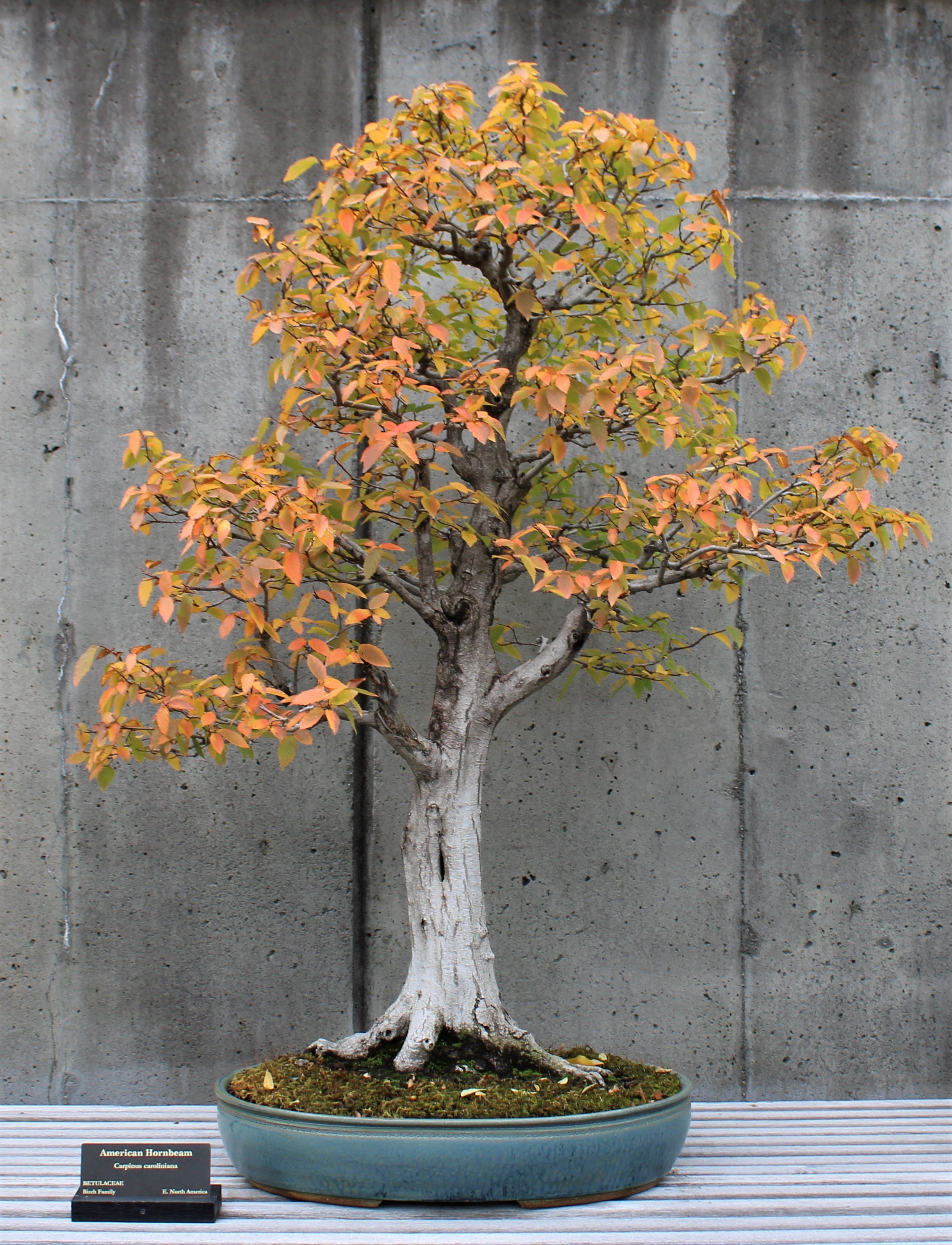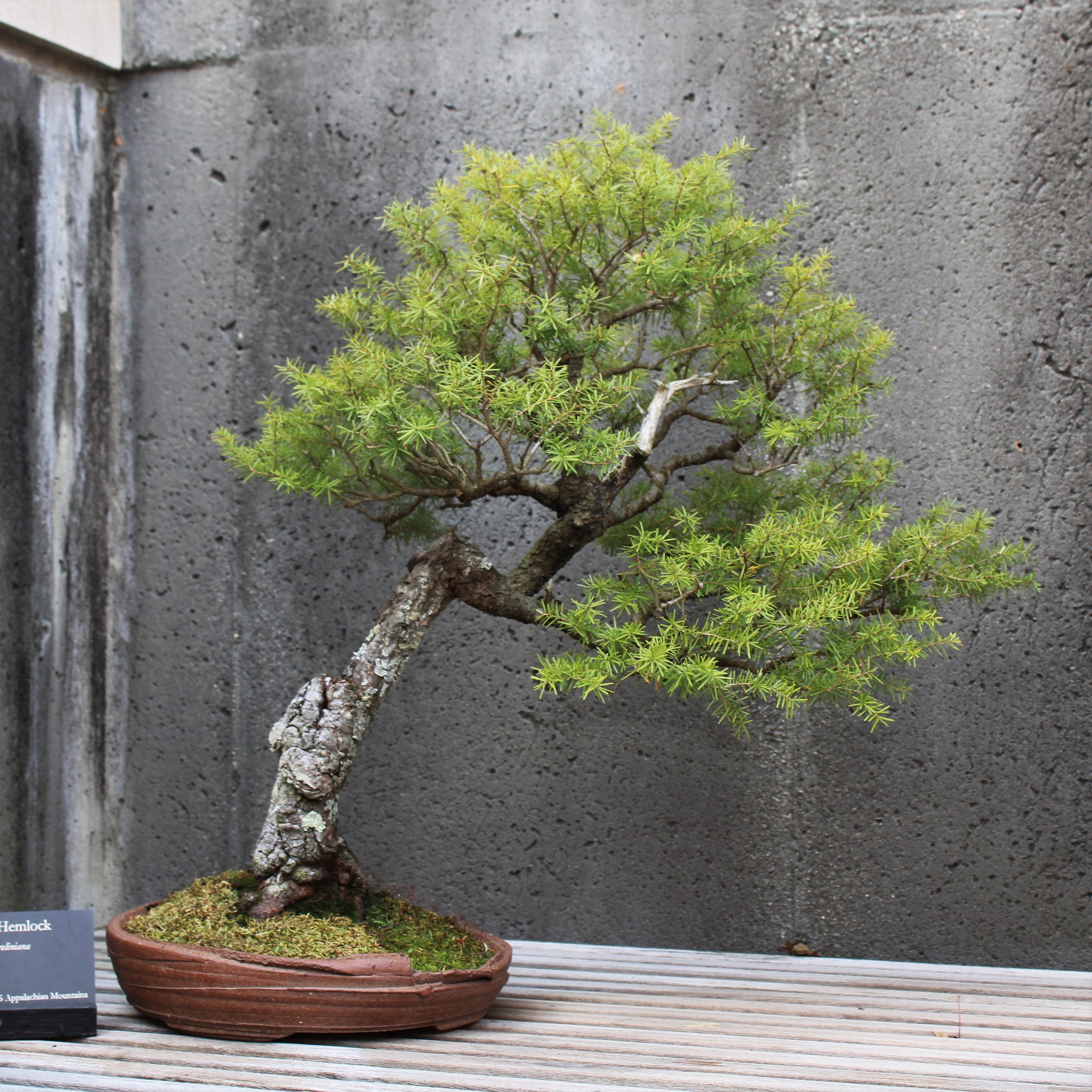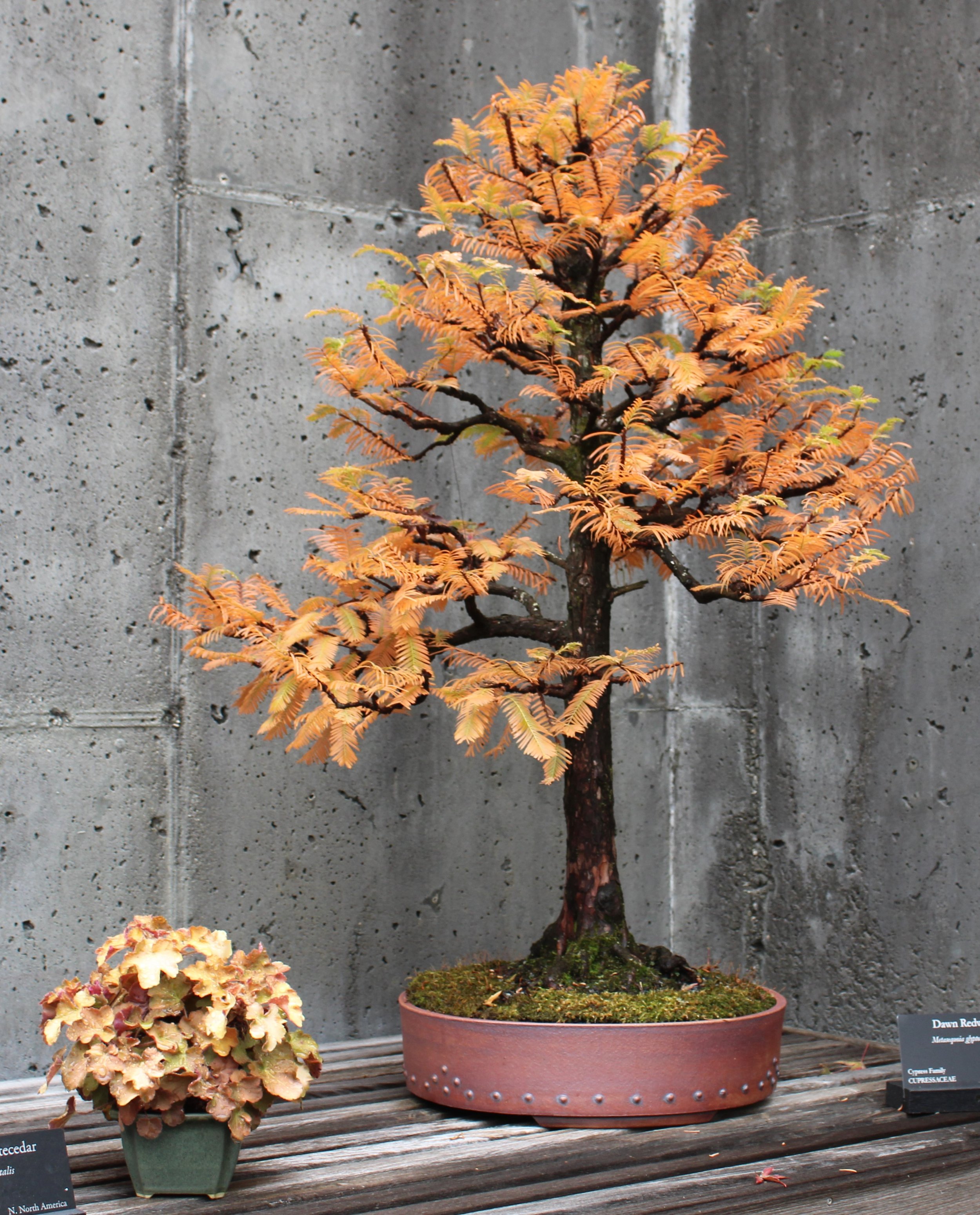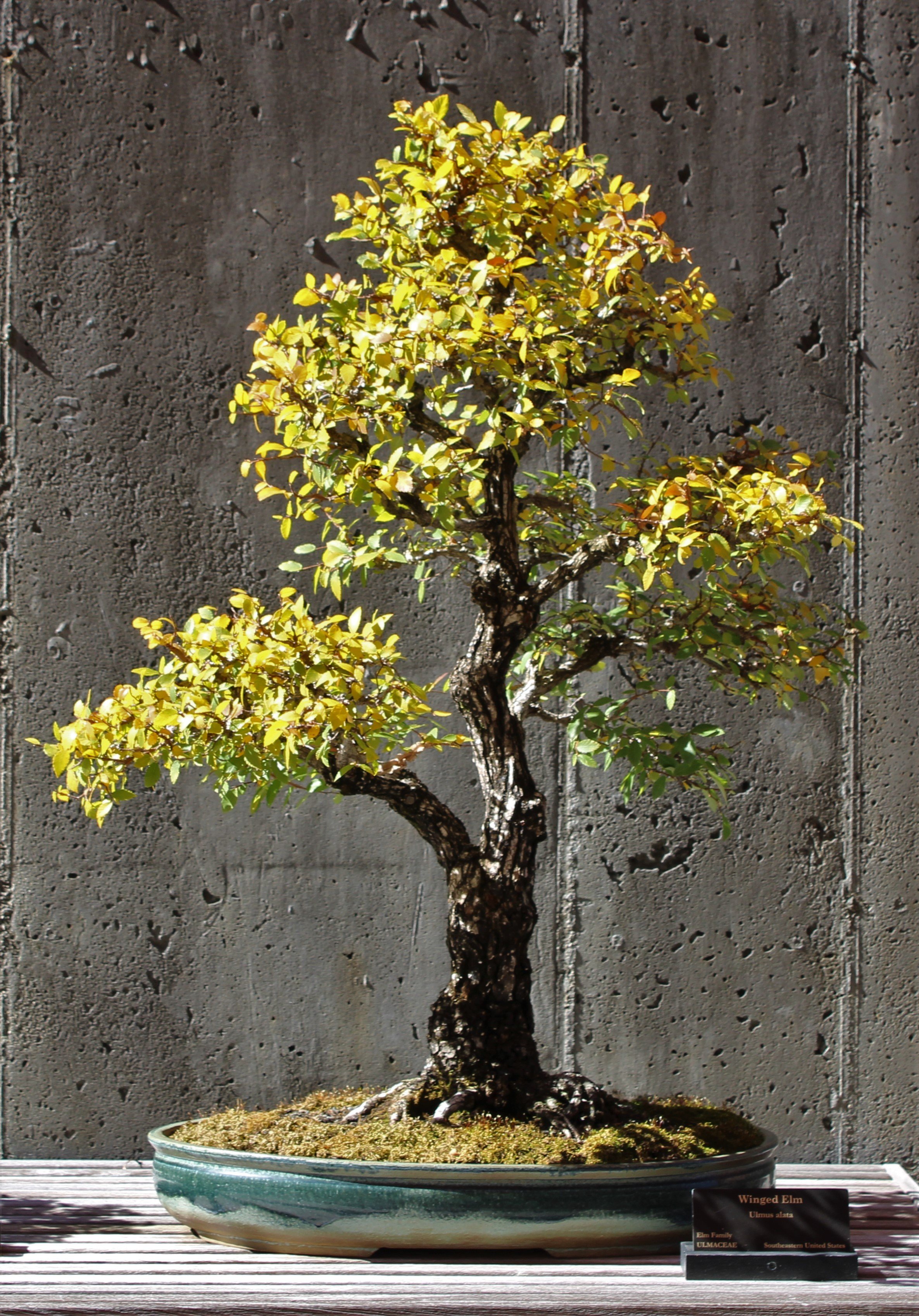Autumn Review
Learning to walk is a big milestone in a person's life. It is one of the earliest things we are taught to do, and at least for a while everyone around you makes a big fuss about you being able to do it, even if you are not very good at it and fall down a lot. But then, by the time you develop any proficiency at walking, no one seems to care anymore, and being ambulatory is more or less taken for granted (unless you are one of the unfortunate people who is not.) Then in your mid to late teens you learn how to drive, and with that the idea of walking anywhere takes a back seat, so to speak. In our culture there are many people who walk no further than they absolutely have to and depend on machines to take them everywhere else they need to go.
I love to walk. In city, town or country, day or night, I find that walking lets me take in the world at an understandable pace. And for relaxation and refreshment, a chance to release stress and clear my mind, nothing is better than walking in nature. When I am out walking in the forests that blanket the mountains here in this part of the world, my spirit is revived. Being in nature is a multi-sensory experience, with things to see, hear, smell, taste and touch. Out of this experience comes a feeling, and born of this feeling is the desire to communicate its meaning to others. It was for this very purpose that humans invented art, in all its varied forms.
It is only my opinion, but I think bonsai at its roots is an attempt by humans to express to other humans an experience of nature. That must have been how it began. More than a millennium has passed since the bonsai meme took hold and naturally it has become more complex, so that now there are a good many people who create bonsai that has little or nothing to do with the natural example. Something else is being expressed, and if that is how other people like it, all well and good. For me, however, the connection to a personal experience of nature is what makes bonsai worthwhile.
When I go walking in the forest I always have my bonsai eyes open. Everywhere there are lessons to be learned — in the way trees are shaped by environmental forces, in the way that old trees differ from the younger of their kind, in the way trees in a group relate to each other, in the way a certain tree and a nearby shrub make a compelling combination, in the movement of a branch, in the power of roots clutching the earth, in the folds of a rock, in the shadow of a fern on the soft surface of a patch of moss...
The following selection of photographs was made on several mountain walks I took in the last few weeks. Some are just pretty scenes or compositions with pleasing colors, but others are reminders to me of details to be remembered, and lessons worth learning (click on any image for a larger view):
Contemplating the natural world, trying to understand its workings and our place in it, is a common thread that runs through the entire history of humankind. Gardens are a reflection of this fact. All gardens are human creations, expressing in a variety of forms the multitude of ways we see and think about nature. My time spent walking in nature, observing and learning from its example, informs the look of the Arboretum’s bonsai garden just as it does the look of our bonsai. Both are naturalistic in their expression. Without the influence of the Southern Appalachian experience they would have a completely different character.
With that in mind, and in accord with the previous gallery of October scenes from the mountains of Western North Carolina, here is a collection of images made this month in the bonsai garden:
And finally, for your enjoyment, a selection of bonsai portraits from this month (click on any image for larger view):
American Bullfrog (Lithobates catesbeianus) - This frog lives in the bonsai garden water feature. It was there on opening day in May, and was recently out again in mid-October, keeping an eye on the world from beneath a dried leaf. Soon it will be time to go to sleep!















